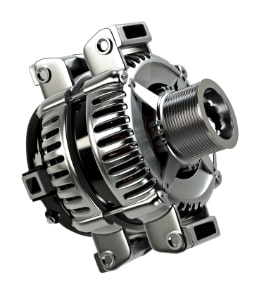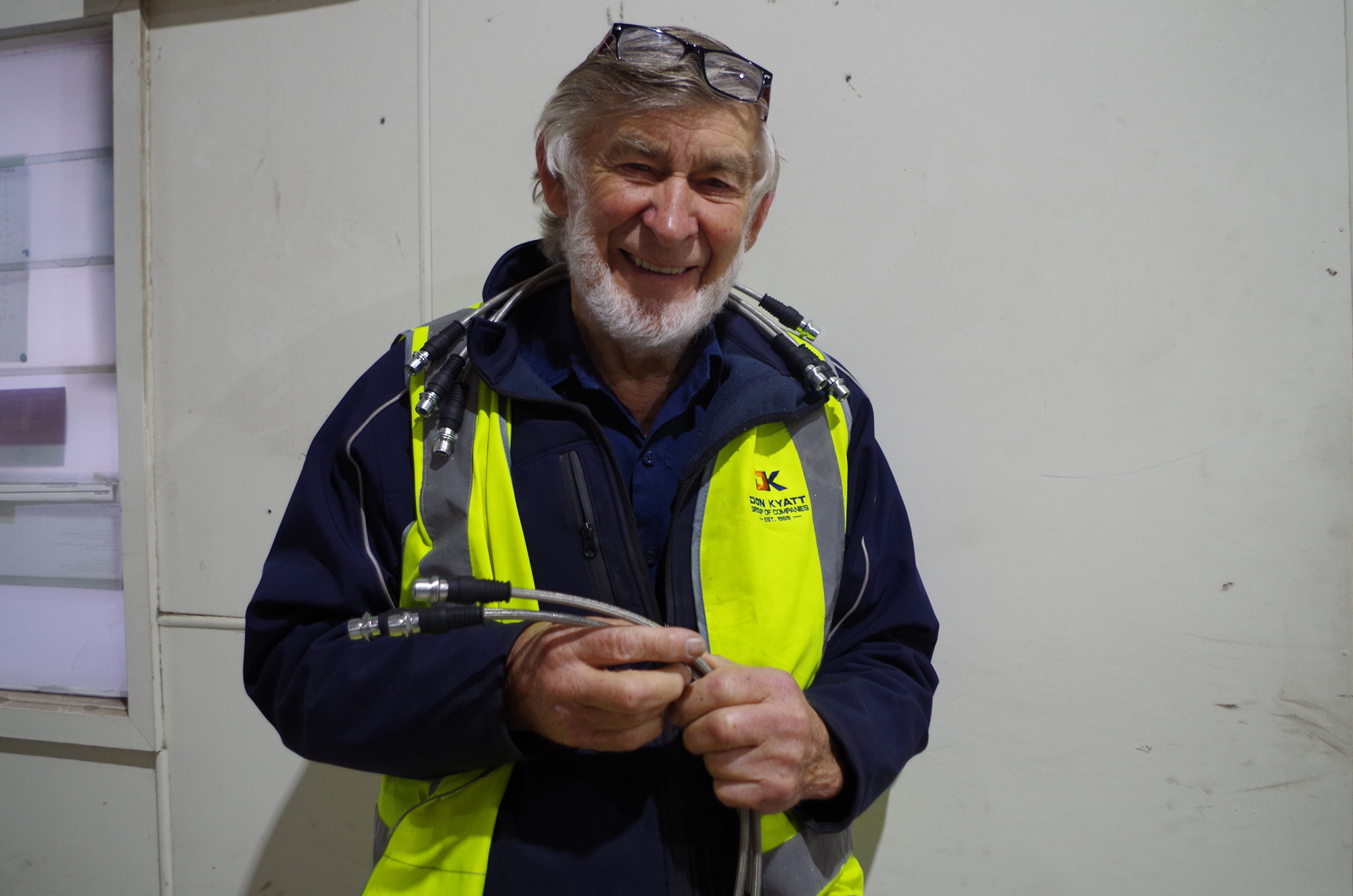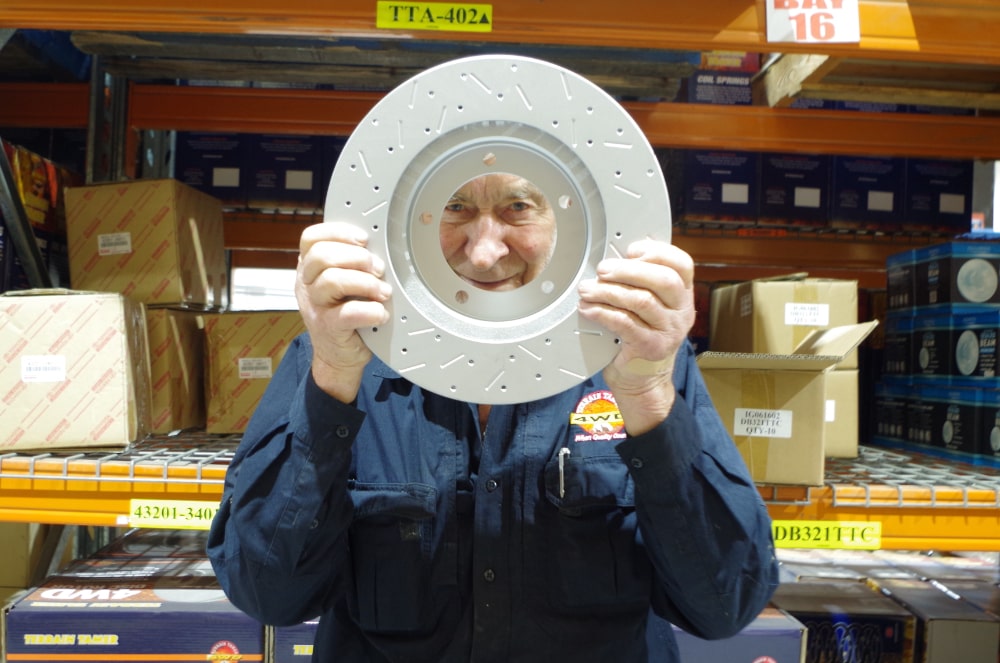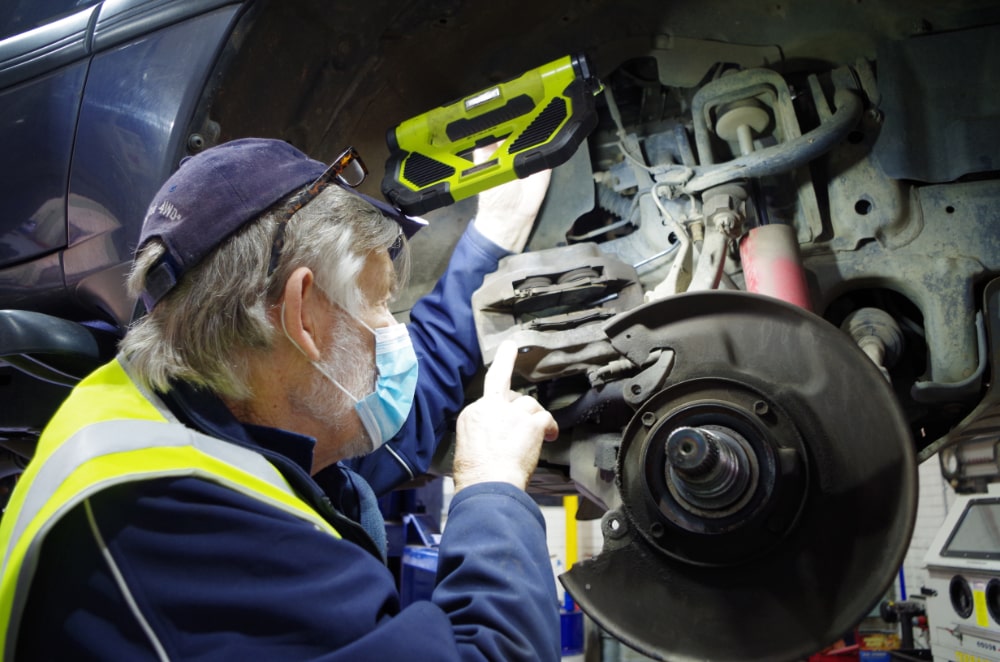The original amperage output of many alternators fitted to Land Cruisers varied from 65 to 85 amps. For the electrical equipment fitted to units around years 1970 to 1980 this output was adequate. A single headlight draws around 4 amps so with all lights on, running wipers and the full blast radio the total draw could reach 20 to 30 amps. Starting a diesel uses 400 to 500 amps, albeit only for 30 sec. (in addition there is a natural internal loss of a battery just sitting around, of roughly 5-amp hours a week). By normal calculations we need to put back into a battery about double the amp hours we took out (due to lots of things), so, on a wet night trip with all electrics functioning, the requirement to run the rig could well exceed 30 amps per hour. An 80-amp alternator should not only keep up with the operation of the vehicle but also replace the current used for starting and maybe some idling and keep our battery fully charged.
Depending on the season a battery would alternate somewhere between semi and fully charged. A low charged or flat battery will deteriorate rapidly.
Out of interest it takes about one horsepower to drive a 50-amp hour alternator under full load so with normal losses it would take roughly 4 horse power to operate a 180-amp alternator at full power output.
Due to the increasing demand made on batteries with today’s electrical accessories, fridge/freezers, landing lights, hi-fi, wi-fi, sci-fi, and winches which draw 300 plus amps! What about caravans, more lights! We are now in danger of running out of starting power on a cold morning. A 130-amp alt would be a good choice to upgrade from original equipment. The availability of a 180-amp unit of course should be mentioned.






